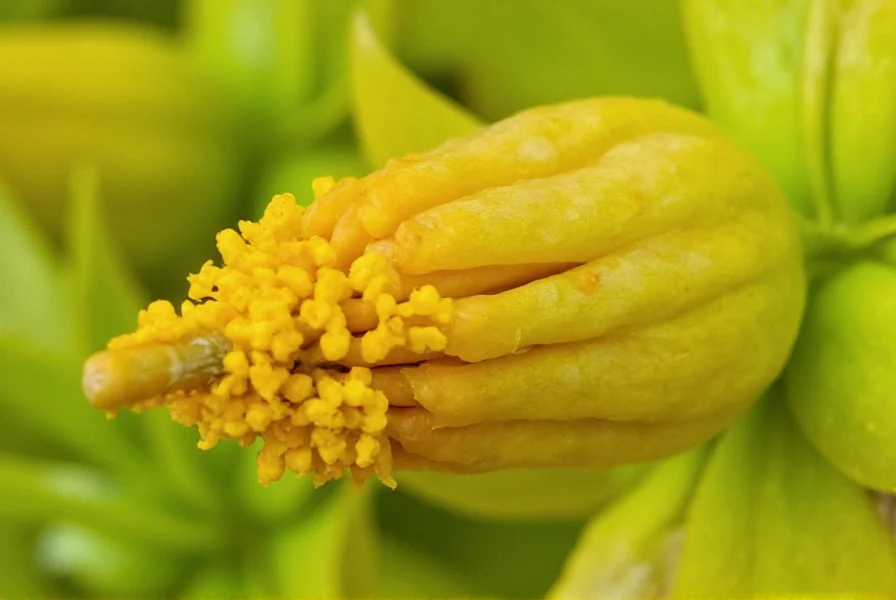Understanding turmeric flowering patterns is essential for both home gardeners and agricultural producers working with this valuable spice plant. While many cultivators focus solely on rhizome production, the flowering process reveals important insights about the plant's lifecycle and optimal growing conditions.
The Botanical Reality of Turmeric Flowering
Turmeric belongs to the Zingiberaceae family, which includes ginger and cardamom, all known for their distinctive flowering patterns. Unlike its close relative ginger, which rarely flowers under cultivation, turmeric has a greater tendency to produce blooms when grown in ideal conditions.
The flowering structure of turmeric appears as a dense, cone-shaped spike (called a bract) that emerges vertically from the center of the plant. Each bract contains multiple individual flowers that open sequentially. The blooms themselves are typically yellow or white with a delicate, orchid-like appearance. This turmeric plant flowering season generally occurs during the monsoon period in tropical regions, when humidity levels exceed 70% and temperatures remain consistently between 20-30°C (68-86°F).

Flowering Timeline and Growth Stages
Turmeric follows a specific developmental sequence that determines whether flowering occurs:
| Growth Stage | Duration | Key Characteristics |
|---|---|---|
| Germination | 2-4 weeks | Rhizome sprouts develop first leaves |
| Vegetative Growth | 5-7 months | Rapid leaf and stem development, rhizome formation begins |
| Maturation | 8-10 months | Rhizomes reach harvestable size, flowering may begin |
| Flowering Stage | 11-12+ months | Flower spikes emerge, typically in second growing season |
Most commercial turmeric operations harvest rhizomes at 7-10 months, before the plant reaches the flowering stage. This timing of turmeric flowering explains why many growers never observe blooms—the economic harvest occurs during the maturation phase when rhizomes have reached optimal size but before flowering begins.
Factors Influencing Turmeric Flower Production
Several environmental and cultivation factors determine whether turmeric will flower:
Climate Requirements for Turmeric Blooms
Turmeric requires specific conditions to initiate flowering:
- Temperature: Consistent warmth between 25-30°C (77-86°F) with minimal fluctuations
- Humidity: High humidity levels (70% or higher) during the growing season
- Rainfall pattern: Distinct wet and dry seasons that mimic native tropical conditions
- Day length: Approximately 12 hours of daylight to trigger flowering mechanisms
These requirements explain why turmeric flowering in home gardens is uncommon outside tropical zones. Even in suitable climates, many gardeners unknowingly prevent flowering by harvesting rhizomes too early or providing inconsistent moisture.
Soil and Nutrient Considerations
The soil composition significantly impacts turmeric's ability to flower:
- Well-draining loamy soil with pH between 5.5-7.5
- Moderate nitrogen levels (excess nitrogen promotes leaf growth at the expense of flowering)
- Adequate phosphorus and potassium to support flower development
- Organic matter content of 3-5% for optimal nutrient retention
Commercial growers often manipulate these turmeric cultivation conditions for flowering by reducing nitrogen fertilization in the plant's second year while maintaining adequate phosphorus levels.
Practical Implications for Growers
Understanding turmeric flowering has several practical applications for both commercial producers and home gardeners:
Flowering vs. Rhizome Production
When turmeric flowers, the plant redirects significant energy toward bloom production rather than rhizome development. Research shows that flowering turmeric plants typically produce 15-20% smaller rhizomes compared to non-flowering plants harvested at the same time. This relationship between turmeric flowering and yield explains why commercial operations actively prevent flowering through timely harvesting.
Seed Production and Propagation
While turmeric primarily propagates through rhizome division, flowering enables seed production. However, turmeric seeds have low germination rates (typically 10-30%) and produce genetically variable plants. Most commercial growers avoid turmeric seed propagation in favor of vegetative propagation to maintain consistent crop characteristics.
Indicators of Plant Health
Successful flowering indicates optimal growing conditions and plant maturity. When turmeric flowers in cultivation, it suggests:
- The plant has reached full maturity (12+ months)
- Growing conditions closely match native tropical environment
- Soil nutrients are well-balanced
- The specific cultivar has strong flowering potential
Common Misconceptions About Turmeric Flowering
Several myths persist about turmeric flowering that deserve clarification:
- Misconception: Turmeric never flowers under cultivation
Reality: Turmeric does flower when grown for sufficient time in appropriate conditions - Misconception: Flowering indicates poor rhizome quality
Reality: Flowering simply redirects energy; rhizomes remain usable but may be slightly smaller - Misconception: All turmeric varieties flower equally
Reality: Some cultivars like 'Madras Turmeric' rarely flower, while 'Alleppey Finger' has moderate flowering potential
For home gardeners interested in observing turmeric flowering in container gardening, consider these tips:
- Grow plants for at least 12 months before expecting flowers
- Maintain consistent moisture without waterlogging
- Provide bright, indirect light for 6-8 hours daily
- Reduce nitrogen fertilizer in the second growing season
- Allow plants to experience a mild dry period (2-3 weeks) before the rainy season










 浙公网安备
33010002000092号
浙公网安备
33010002000092号 浙B2-20120091-4
浙B2-20120091-4